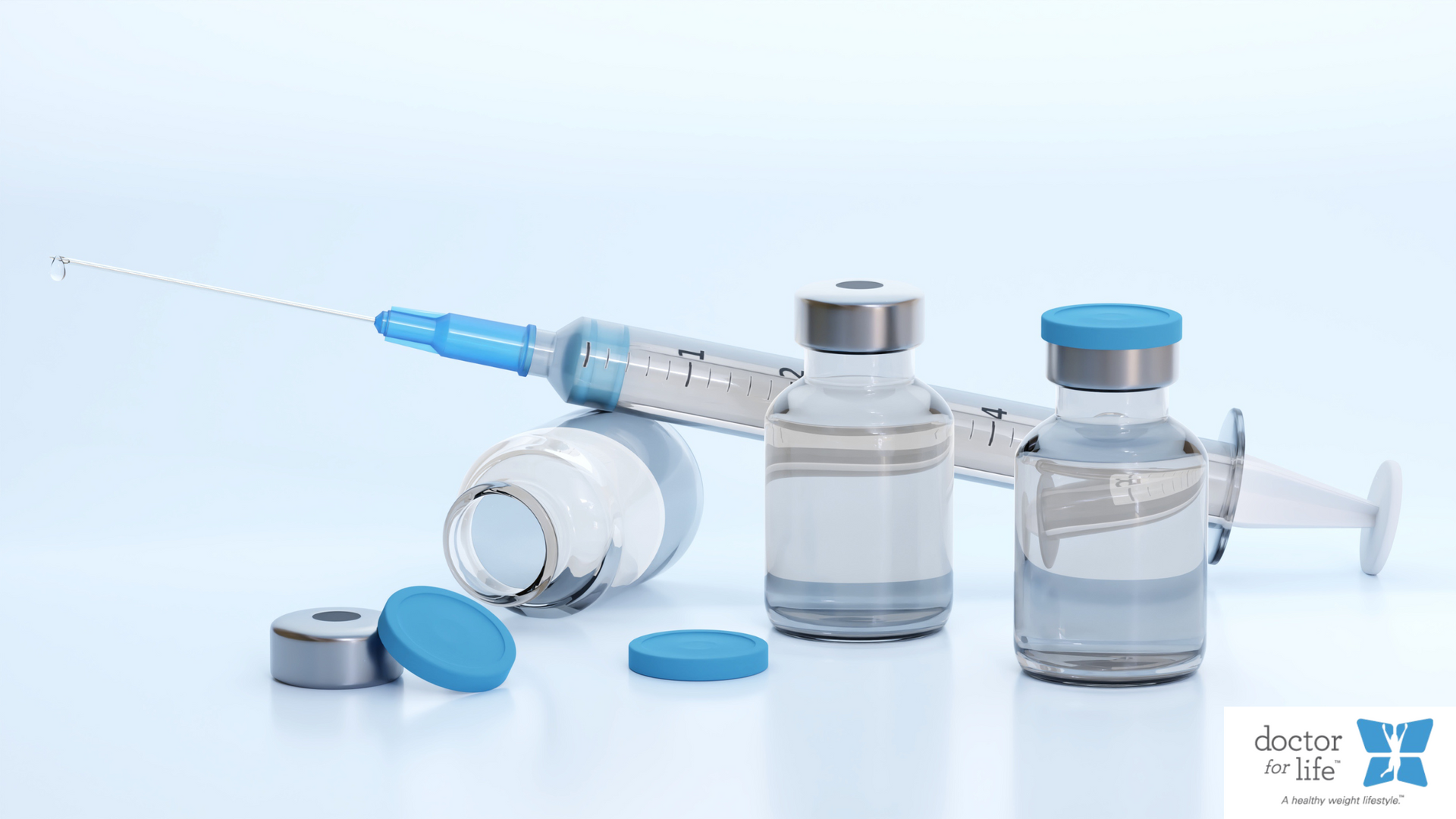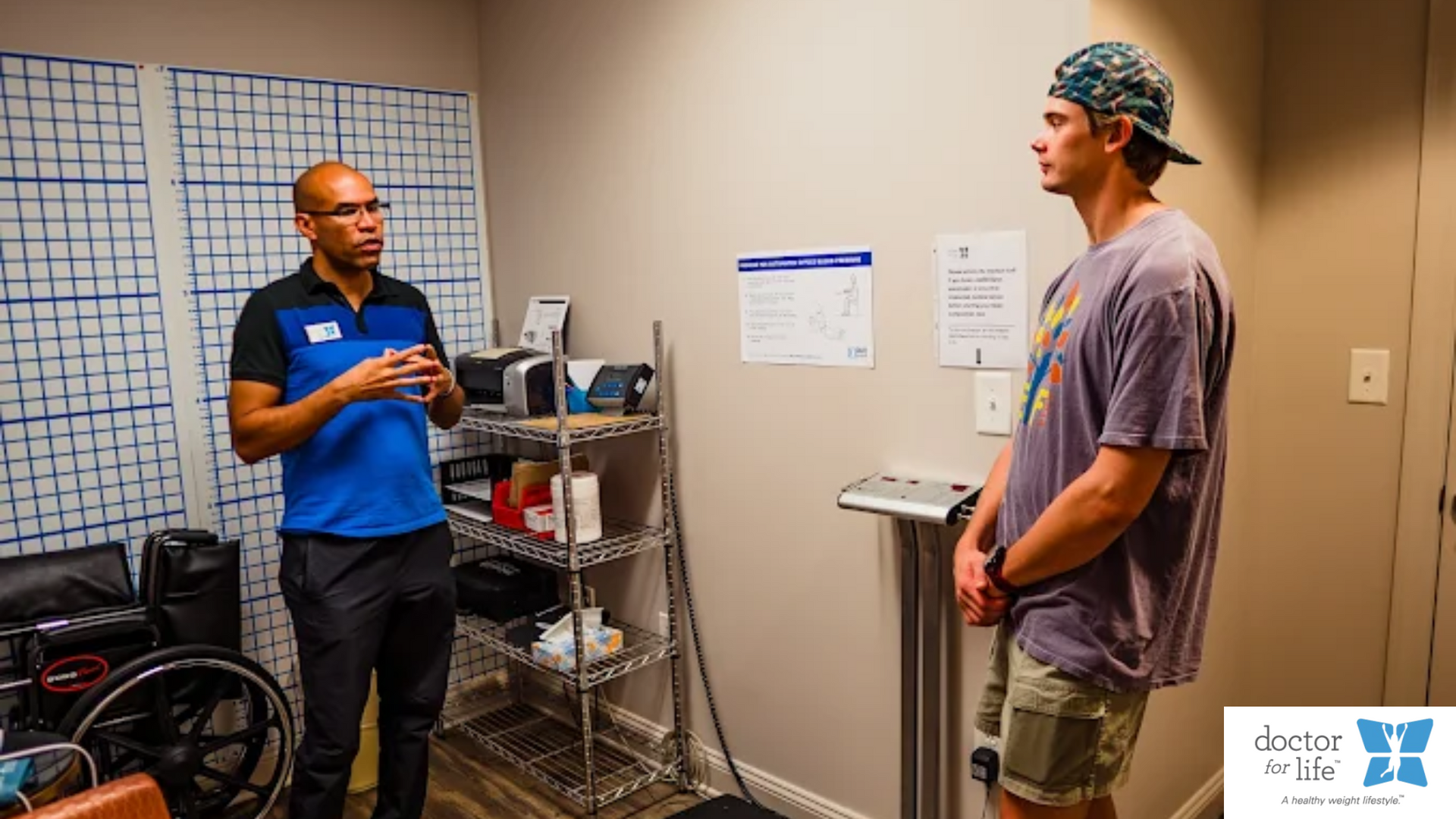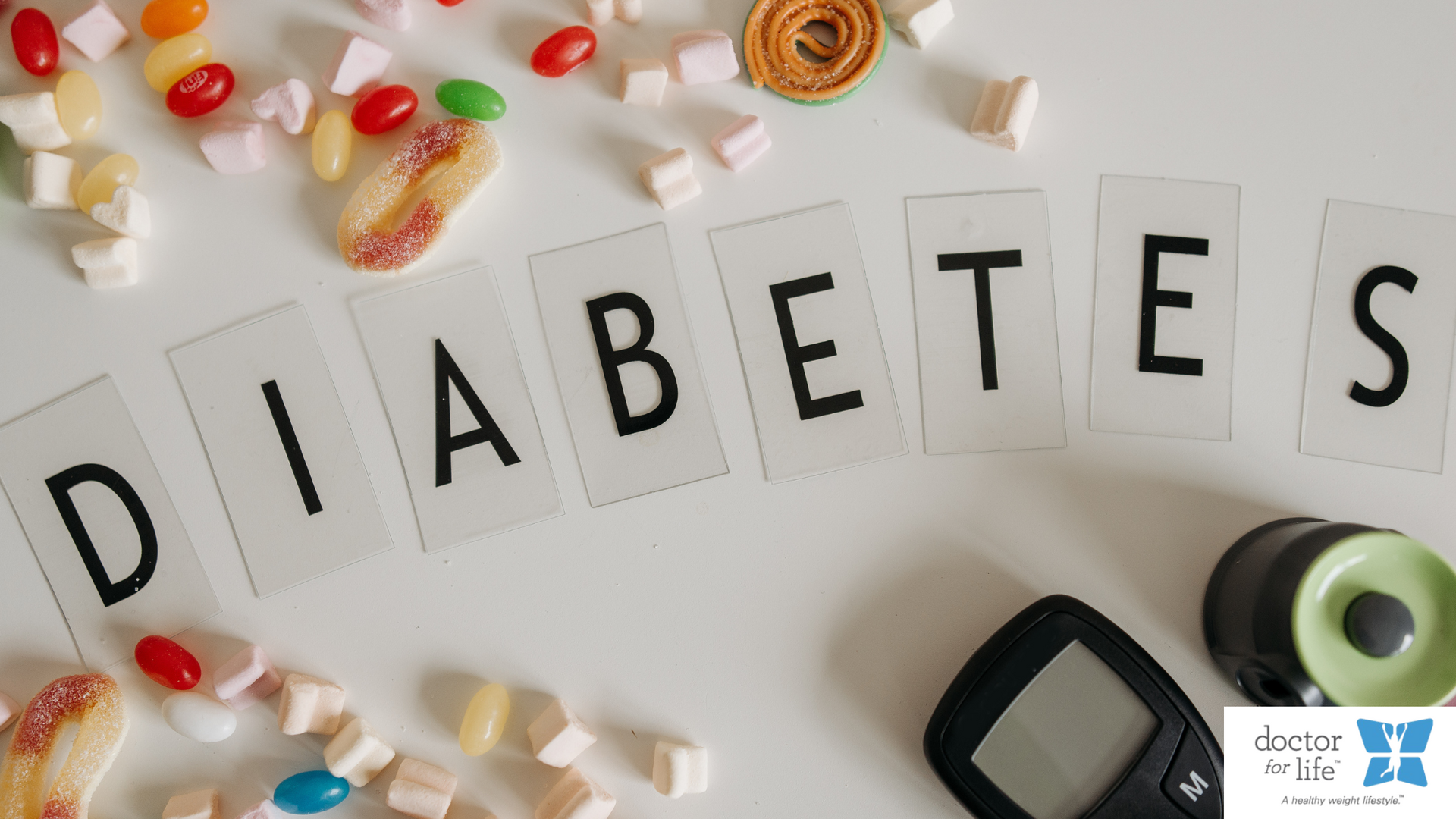What is Prediabetes?
Kylie Truong • April 2, 2020
Managing and Preventing Prediabetes
Definition:
Harvard Health defines Prediabetes as the condition of having blood sugar that is elevated, but not high enough to meet the threshold for diabetes. However, if left untreated and unmanaged, prediabetes can eventually progress into diagnosable diabetes- when the body is unable to absorb glucose for energy properly, causing blood sugar levels to rise.
According to the CDC, as many as 1 out of every 3 American adults has the condition.
Many tests and screenings are completed to diagnose someone with prediabetes or diabetes. One of the main tests looks at the Blood Glucose A1C Levels.
A1C levels below 5.7% is considered normal
A1C levels between 5.7% - 6.4% is considered prediabetes
A1C levels at 6.5% or higher on 2 separate tests indicates type 2 diabetes
The Mayo Clinic has provided lots of research and information surrounding prediabtes…
Possible causes/risk factors of prediabetes:
1. Excess weight
–
It has been seen that the more excess fatty tissue you have (especially in your abdomen) your cells can become resistant to insulin in your blood, causing an increase of free floating insulin and high glucose levels.
2. Diet
–
High red meat/processed meat diets and consuming sugary beverages has been associated with a higher risk of prediabetes.
3. Inactivity
–
The lack of physical activity could cause your body to accumulate and store more fats and sugars. Exercising helps use up sugars and energy to help the body utilize insulin more efficiently.
4. Family history
–
Research has shown that diabetes can run in the family, meaning if you have a partent or sibling with type 2 diabetes, you’re more at risk for developing it yourself.
5. Tobacco/smoking
–
It has been seen that smoking may increase your body’s insulin resistance over time.
The first step to consider taking is to prevent prediabetes before it even occurs! However, if you have already been diagnosed with prediabetes, remember, IT IS REVERSIBLE!
Ways to prevent and reverse prediabetes:
1. Weight loss
–
The Mayo Clinic states that losing just 5% - 7% of your body weight can reduce your risk of type 2 diabetes.
2. Healthy eating
–
Make sure you’re choosing foods that are low in fat, calories, and sugar and high in fiber. Foods like fruits, vegetables, and whole grains are very beneficial. Try to eat a variety of foods and make permanent life-style changes!
3. Exercise
–
Being active will help your body get rid of excess fat and utilize the sugars in your body. It’s suggested to aim for at least 150 minutes of moderate or 75 minutes of aerobic activity most days of the week.
4. No smoking
–
Smoking been seen to potentially increase your risk of developing type 2 diabetes
5. Controlling other chronic conditions (blood pressure and cholesterol)
–
Closely manage your other chronic conditions by taking medications as prescribed and adhering to your provider’s advice.
6. Prescription medications
are not always necessary; however, your provider may feel that they are needed
So, why is it so important to stop prediabetes before it develops into diabetes?
Complications related with type 2 diabetes:
1. Heart disease
2. Stroke
3. Kidney disease
4. Nerve damage
5. Vision problems or loss
6. Amputations
Remember, prediabetes and type 2 diabetes are not diagnoses that have to stay with you forever. There are many ways to prevent and reverse these conditions if it is caught early. The best way to tackle the issue is to prevent it in the first place!














